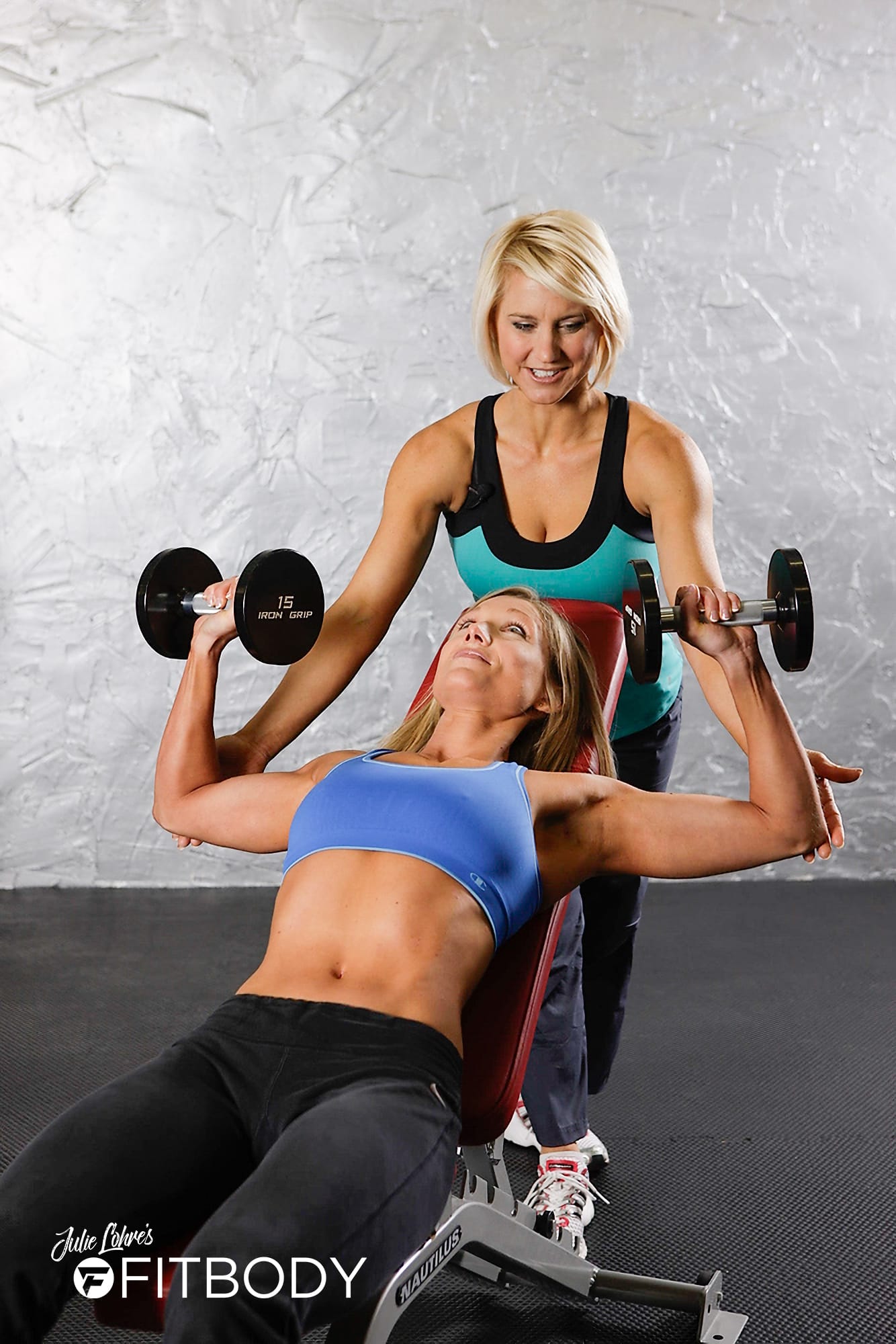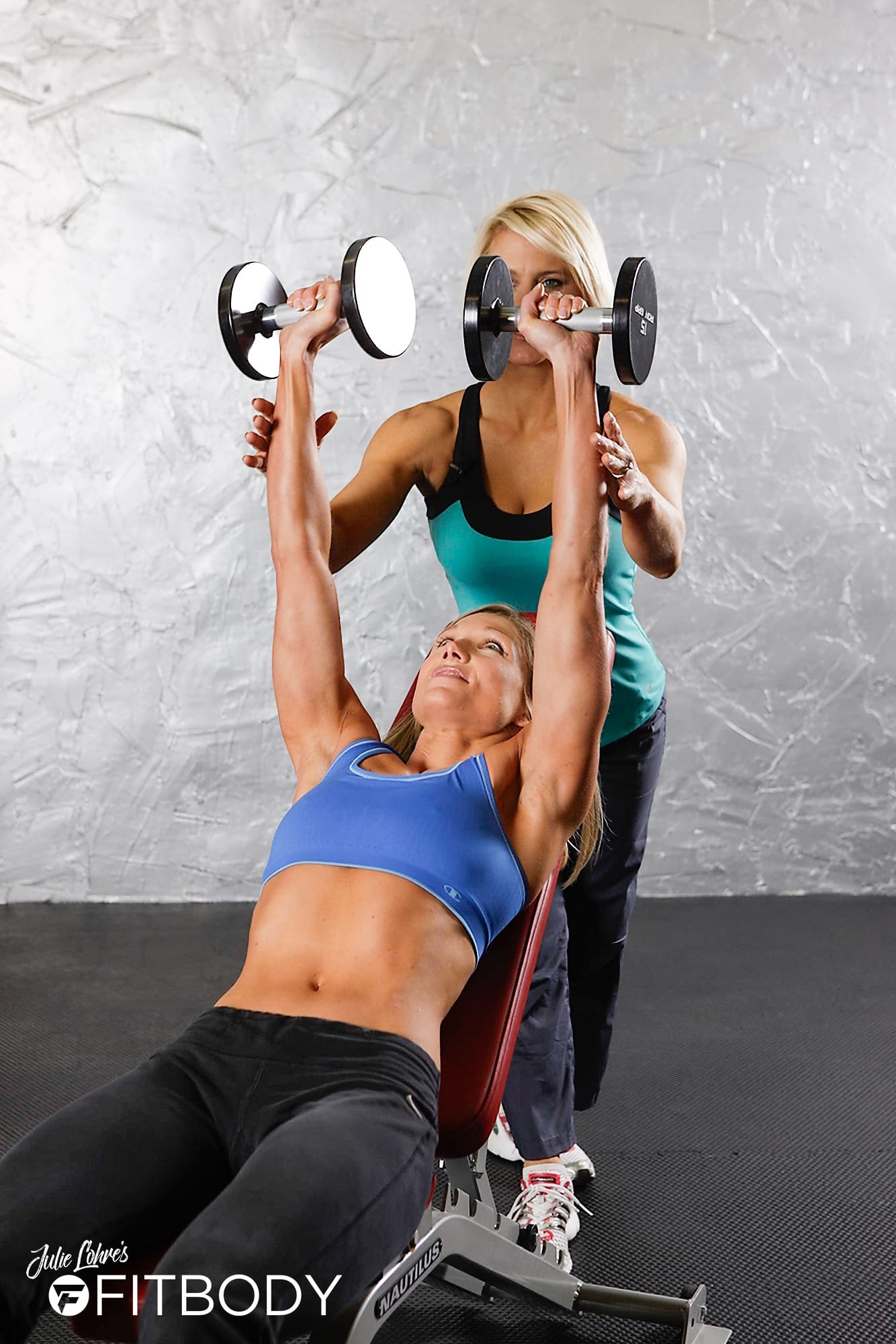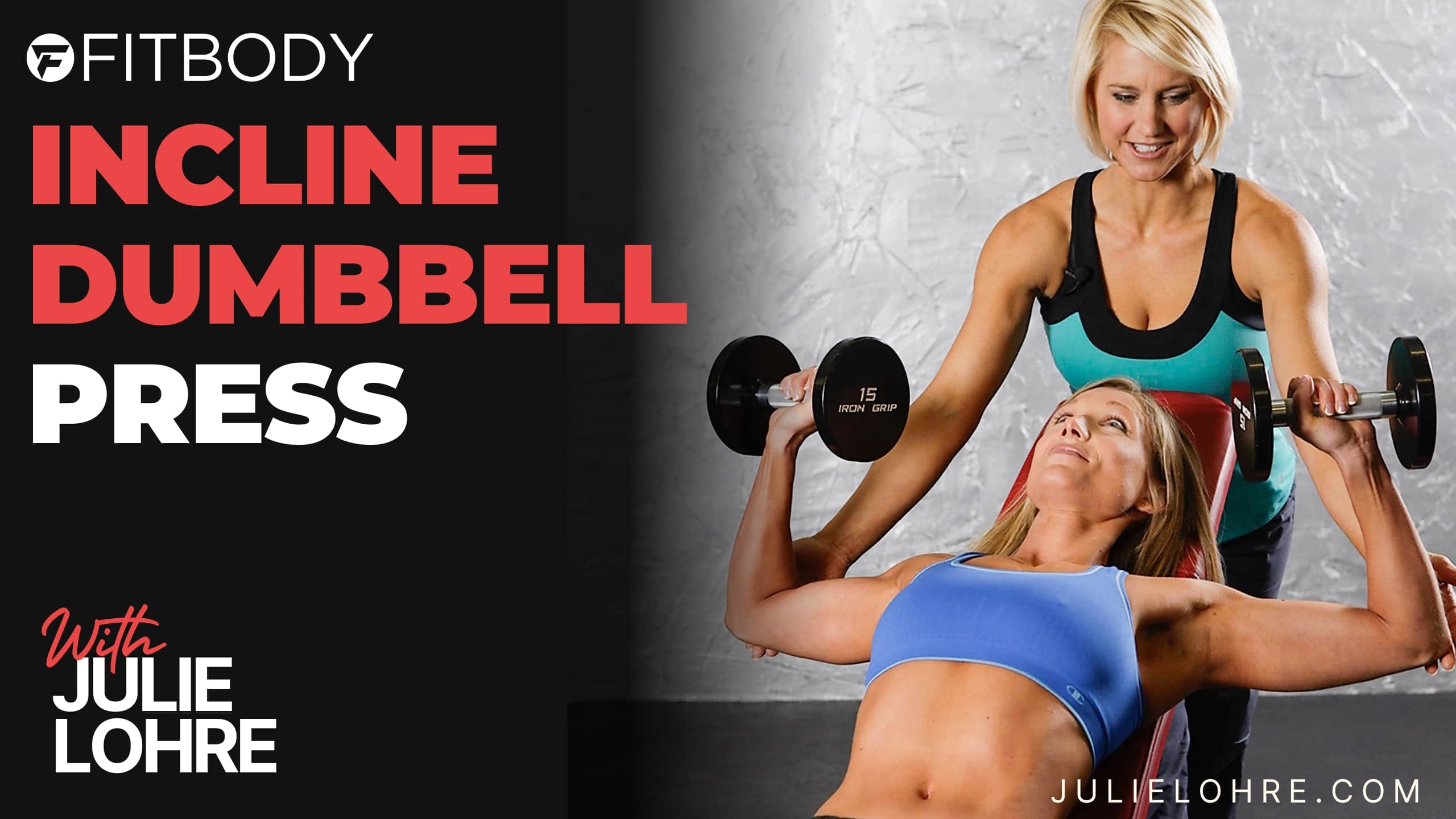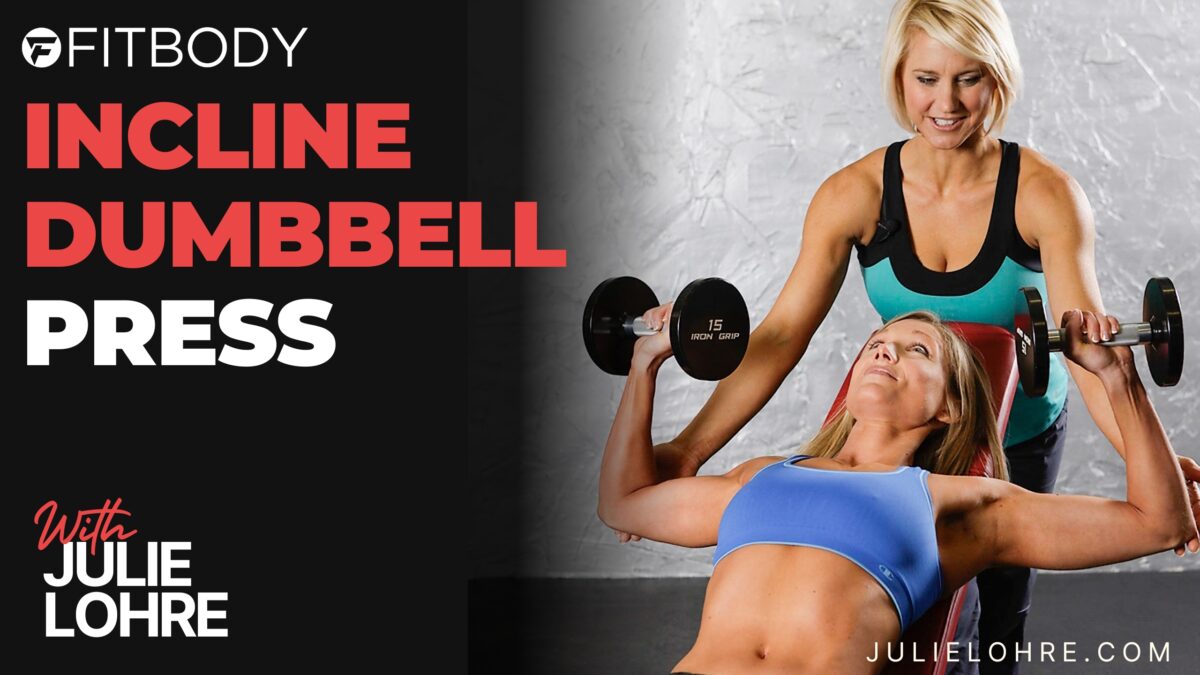Incline Dumbbell Press for Women: Enhance Upper Body Strength and Aesthetics
The incline dumbbell press, also called an incline chest press or incline bench press, is a fundamental exercise in many fitness routines, especially for those focusing on upper body strength and aesthetics. This exercise, while often associated with male bodybuilders, offers significant benefits for women as well. It helps in sculpting the upper body, improving functional strength, and enhancing overall physique. In this article, I will explore the intricacies of the incline dumbbell press and explore its relevance in women’s fitness.
What is an Incline Dumbbell Press?
The incline dumbbell press is a strength training exercise that targets the upper chest, shoulders, and triceps. It’s performed on an incline bench, which positions the body at an angle, rather than flat. This angle shift places more emphasis on the upper pectoral muscles and shoulders, differentiating it from the flat bench press.


Step-by-Step Directions How to Do an Incline Dumbbell Press
- Set the Bench:
- Find an adjustable bench and set it to an incline angle between 30 and 45 degrees. This range is ideal for targeting the upper chest without putting too much strain on the shoulders.
- Make sure the bench is securely locked in place to prevent any movement during the exercise.
- Starting Position:
- Sit down on the bench with a dumbbell in each hand. Place the dumbbells on your thighs to help you get them into position.
- As you lean back, use your thighs to help lift the dumbbells up. Bring the dumbbells to the sides of your chest, with your elbows bent and palms facing forward. This is your starting position.
- Keep your feet flat on the floor for stability, and ensure your back is flat against the bench.
- Pressing:
- Begin the movement by exhaling and pressing the dumbbells upwards in a smooth, controlled motion.
- As you press, focus on moving the weights in a straight line and avoid letting them drift towards your face or over your abdomen.
- Extend your arms fully at the top of the movement, but do not lock your elbows. Keep a slight bend to maintain tension in the chest muscles.
- Lowering the Dumbbells:
- Start lowering the dumbbells back to the starting position while inhaling. It’s important to do this phase of the exercise slowly and under control to maximize muscle engagement.
- As you lower the weights, keep y
- your elbows slightly drawn inwards rather than letting them flare out to the sides. This helps maintain focus on the upper chest and reduces strain on the shoulder joints.
- Once the dumbbells are back at chest level, pause briefly before starting the next repetition.
Throughout the exercise, it’s crucial to maintain proper form to avoid injury and ensure the target muscles are effectively engaged. Keep your movements smooth and controlled, and avoid using momentum to lift the weights. Focus on the muscle contraction in the chest during each repetition.
As always, if you’re new to this exercise, start with lighter weights to ensure you can perform the movement correctly and gradually increase the weight as you become more comfortable and stronger in the exercise.
What muscles does the incline dumbbell press work?
The incline dumbbell press is a compound exercise that effectively targets several key muscle groups in the upper body, making it a valuable addition to strength training routines.
- Upper Pectorals (Chest):
- The incline angle of the bench press primarily targets the clavicular head of the pectoralis major, also known as the upper chest.
- This focus helps in developing a more defined and balanced chest by emphasizing a part of the pectorals that is often less engaged in flat bench presses.
- Strengthening the upper chest not only enhances muscle definition but also contributes to better posture and improved push movement patterns.
- Shoulders (Deltoids):
- The incline dumbbell press also engages the deltoid muscles, particularly the anterior (front) deltoids.
- This muscle is crucial for a variety of shoulder movements and plays a significant role in providing stability and strength for upper body exercises.
- Regularly working out the deltoids aids in achieving rounded, well-defined shoulders and is vital for maintaining overall shoulder health and function.
- Triceps:
- The triceps, located at the back of the upper arm, are responsible for the extension of the elbow joint, a key movement in the press portion of the exercise.
- Strengthening the triceps contributes to more powerful arm movements and is essential for overall arm aesthetics and function.
- Since the triceps are a smaller muscle group compared to the chest and shoulders, they can often be a limiting factor in pressing exercises. Thus, including incline presses helps in building tricep strength, which can translate to improvements in other upper body exercises.
The combination of these muscle groups being worked makes the incline dumbbell press a comprehensive exercise for upper body strength and aesthetics. It’s important to note that the engagement of these muscles can vary slightly based on the angle of the incline and the specific form used during the exercise. By adjusting these variables, you can slightly shift the focus between these primary muscles to better suit your training goals.

Advantages and disadvantages of incline vs. flat chest press
The incline dumbbell press offers distinct advantages and disadvantages that are important to consider. One of the key benefits is its ability to target the upper chest. The incline angle of the bench specifically focuses on the upper pectoral muscles, leading to more balanced chest development. Additionally, this exercise is often viewed as more shoulder-friendly compared to the flat bench press, as it generally puts less strain on the shoulder joints.
However, there are also some drawbacks to be aware of. A notable disadvantage is the reduced weight capacity; typically, women find they are unable to lift as much weight on an incline bench as they can on a flat bench. This is due to the different muscle groups engaged and the altered mechanics of the lift. Furthermore, there’s a risk of overuse injury, particularly in the shoulder area, if the incline press is done excessively or with improper form. It’s crucial to balance this exercise with other types of training and to pay close attention to any signs of discomfort or strain in the shoulders.
Which is harder, incline press or flat bench press?
The question of whether the incline dumbbell press is harder than the flat bench press often depends on individual perception and specific muscle development. One of the reasons the incline press can be perceived as more challenging is that it primarily targets the upper chest muscles. These muscles are generally not as strong as the lower chest muscles engaged during the flat bench press. Additionally, the incline press involves a slightly different range of motion compared to the flat bench. This unique range of motion engages the muscles in a distinctive way, which can be more demanding for those who are not accustomed to it. Consequently, the incline press can feel more difficult, especially for those who have not specifically trained their upper chest muscles or who are not used to the altered mechanics of the incline movement.
Can women with over-the-muscle breast implants do exercises like the incline dumbbell press?
For women with over-the-muscle breast implants, engaging in chest exercises like the incline dumbbell press requires careful consideration. These implants, known as subglandular implants, are placed above the pectoral muscle and under the breast tissue. This positioning means that while the pectoral muscles engaged during exercises like the incline press don’t directly impact the implants, they still affect the surrounding tissues that indirectly support the implants. An important concern is the risk of capsular contracture, a condition where scar tissue around the implant tightens, although its direct link to exercise is not clearly established. Despite these considerations, maintaining chest muscle strength is crucial for overall upper body health and can even support the aesthetic appearance of the implants.
However, it’s essential for women with breast implants to consult with their surgeon or a medical professional before starting such exercises. Personalized advice based on the individual’s surgery, recovery, and health is vital. Sometimes, modifications to the exercise or alternative exercises may be recommended. Additionally, women should monitor for any discomfort, swelling, or changes in the breast area during or after exercising. Prompt consultation with a medical professional is advised if any such changes are noticed. By taking these precautions, women with over-the-muscle breast implants can safely include chest exercises in their fitness routines, ensuring they contribute positively to their fitness goals while maintaining the integrity and appearance of their implants.


